
Category:
Time:
There is a high demand for industrial applications, which can address the issue of monitoring on-line, in real-time, the bio-contamination level of food contact surfaces. Such techniques may help the food industries to react promptly whenever failures in the cleaning or sanitation operations occur, keep the safety parameters in control at any time of the production, and ultimately tailor their operations towards more sustainable and efficient practices.
In this presentation, we demonstrate the potential of front-face-fluorescence spectroscopy in combination with Wilks’ ratio statistics and advanced chemometrics methods, to lead to the design of an on-line monitoring instrument for bacterial load, which is suitable for probing large surface areas fouled under industrial working conditions. The technique was tested for a polymer-based surface, which presents an intrinsic natural variation across its running length and contaminated artificially for the proof of principle. Results show that any potential contamination will shift the variance and covariance parameters of the in-control fluorescence landscapes modeled with PARAFAC, and detected as deviations from the reference clean state, by Wilks’ ratio based monitoring charts.
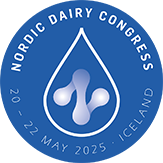






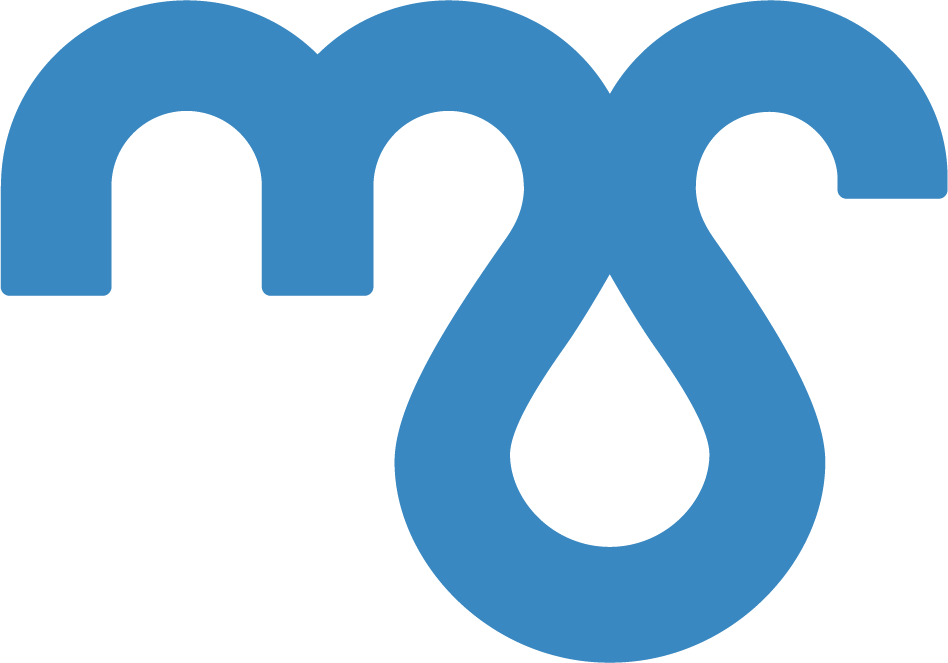

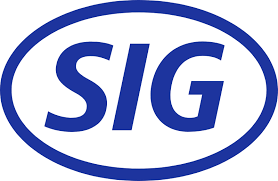




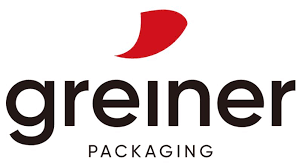
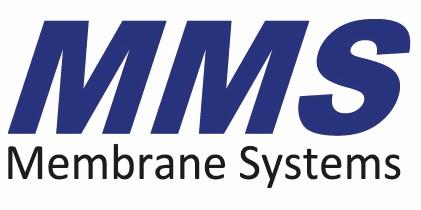


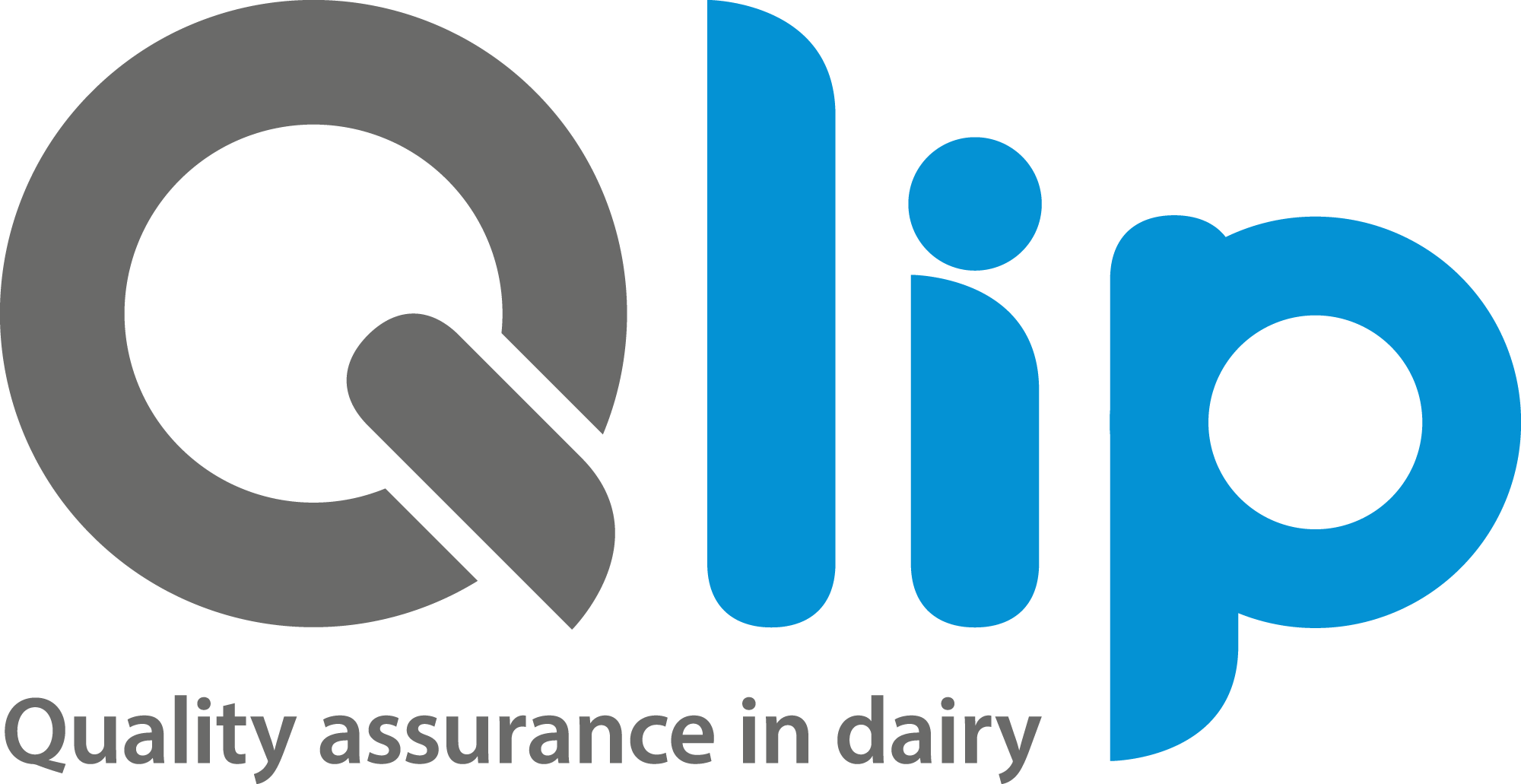
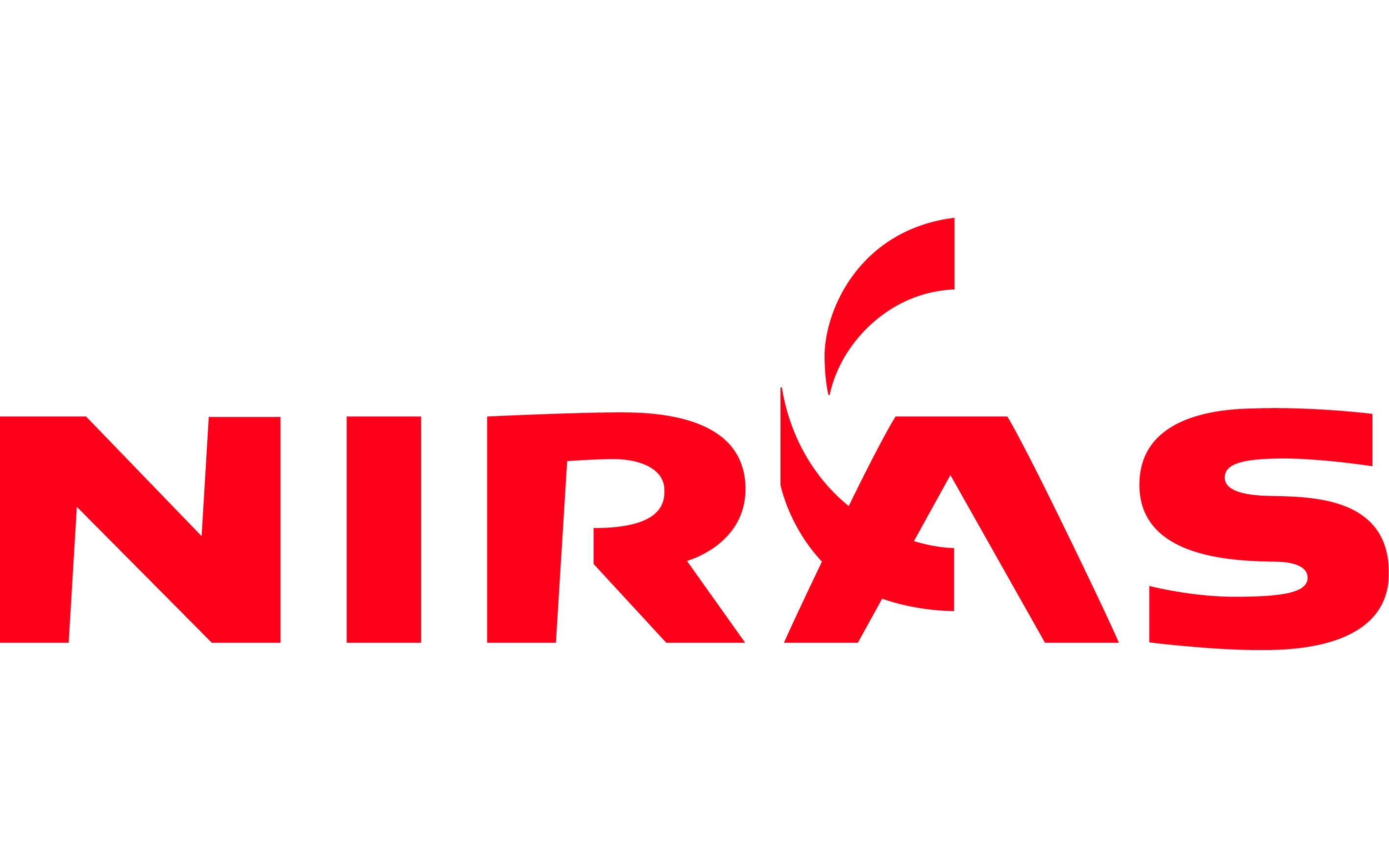









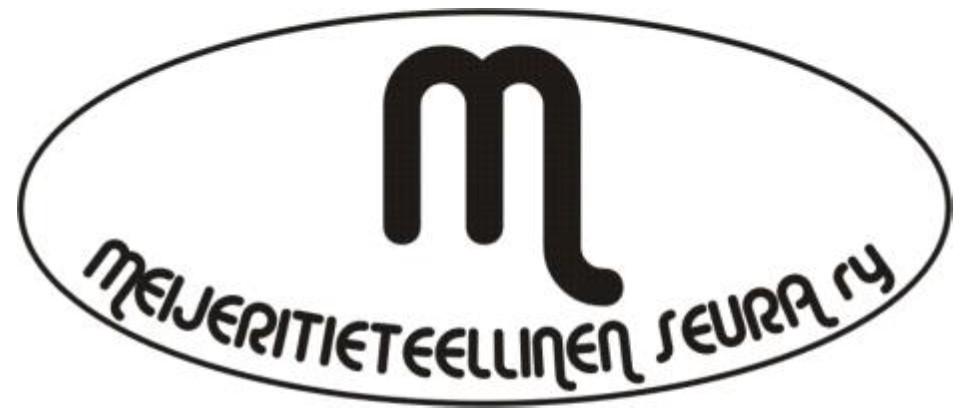
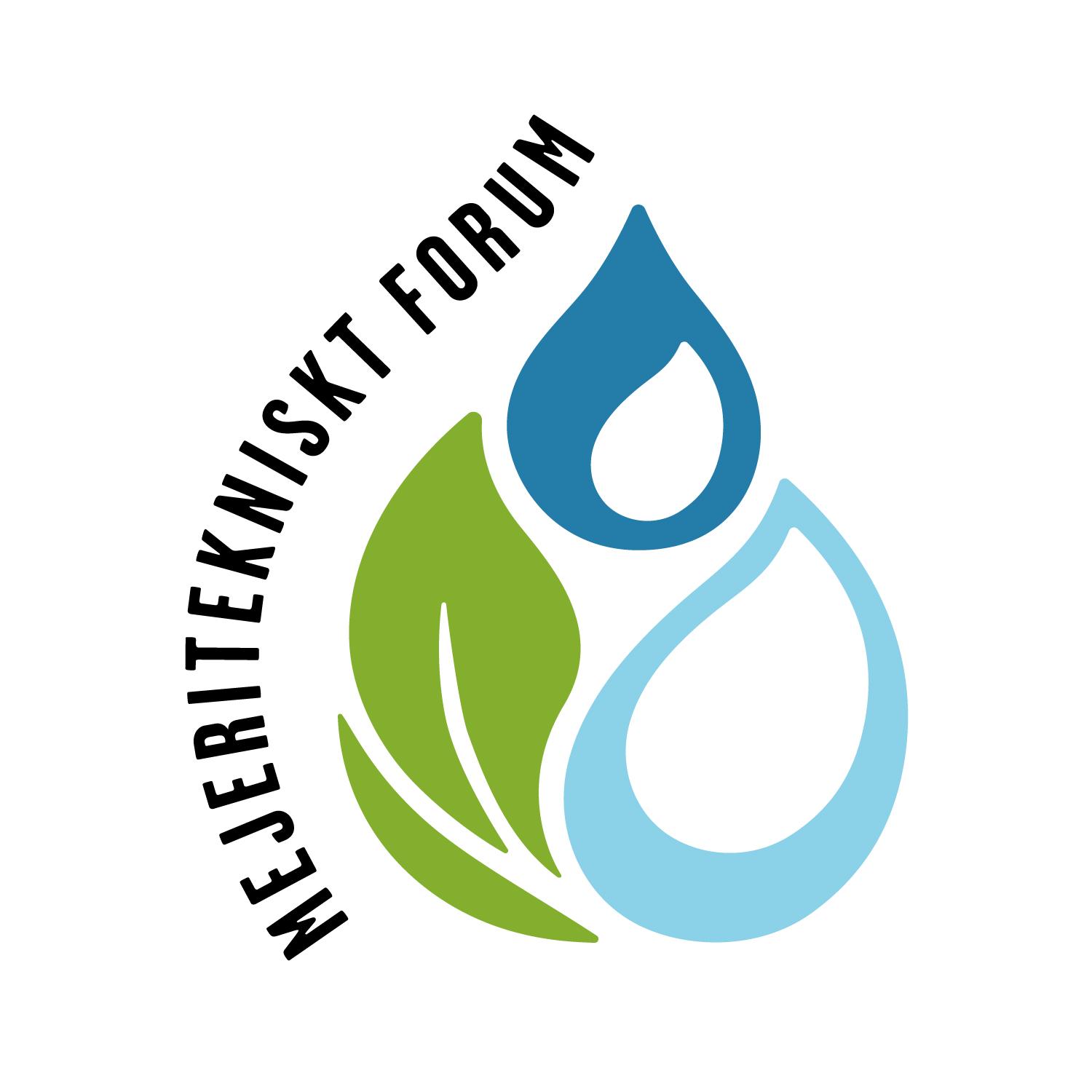
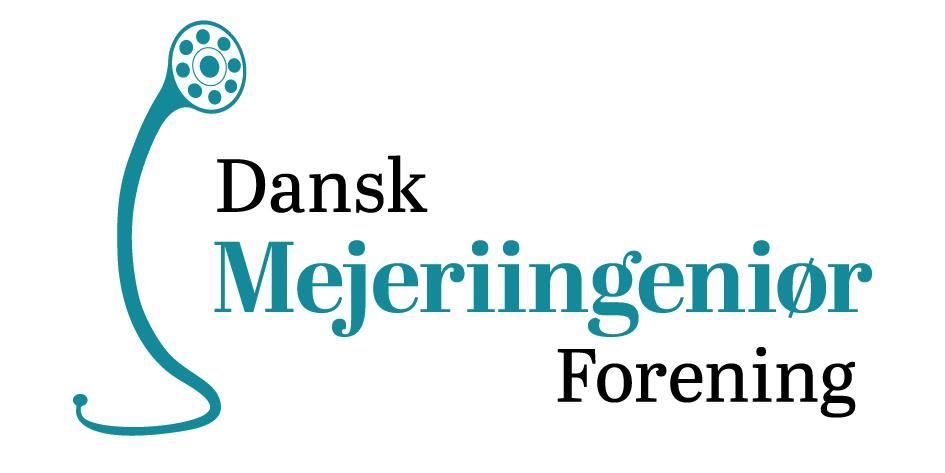
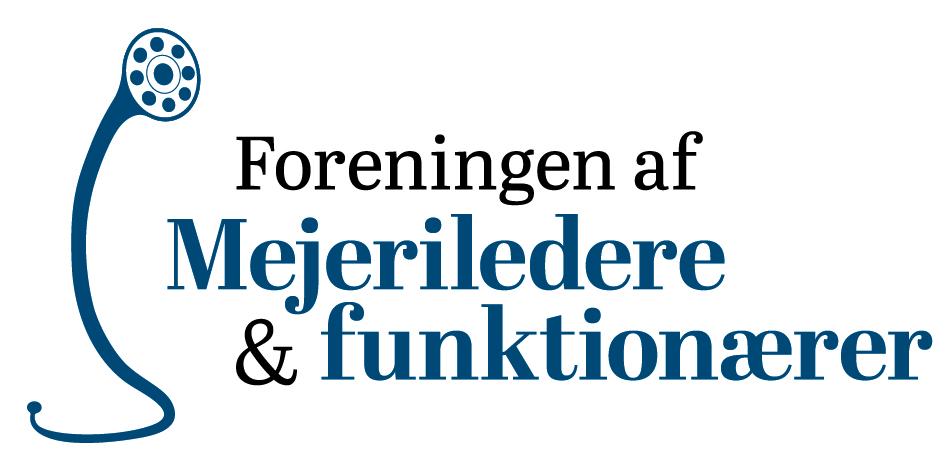



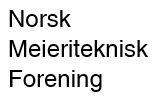
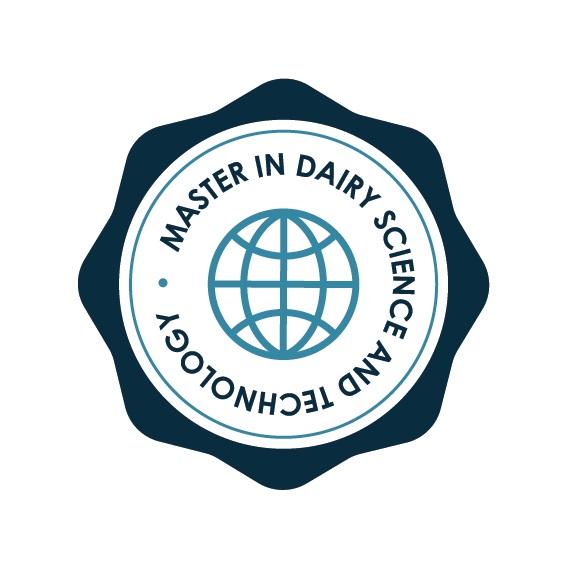


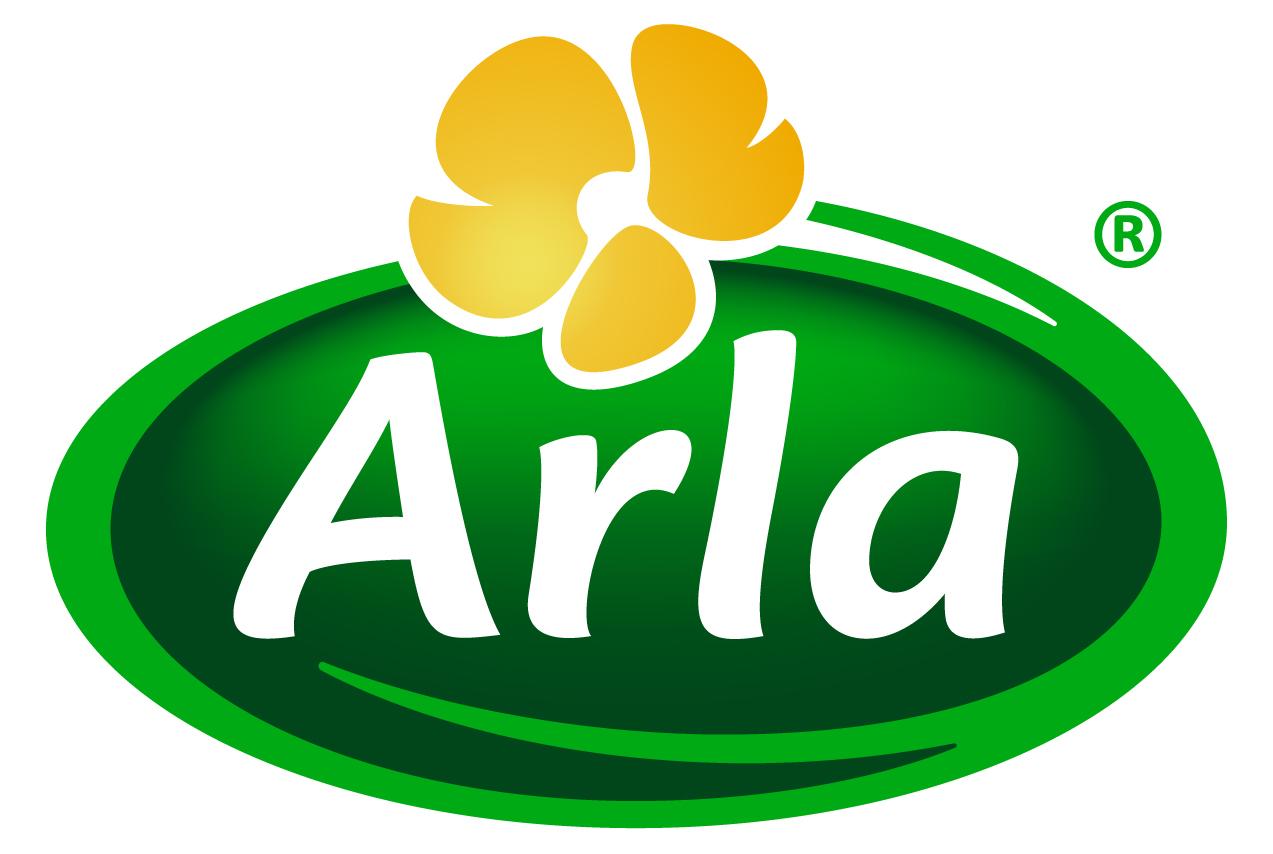

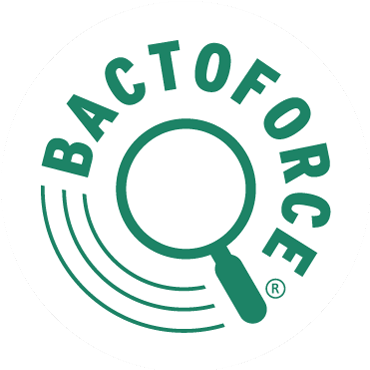

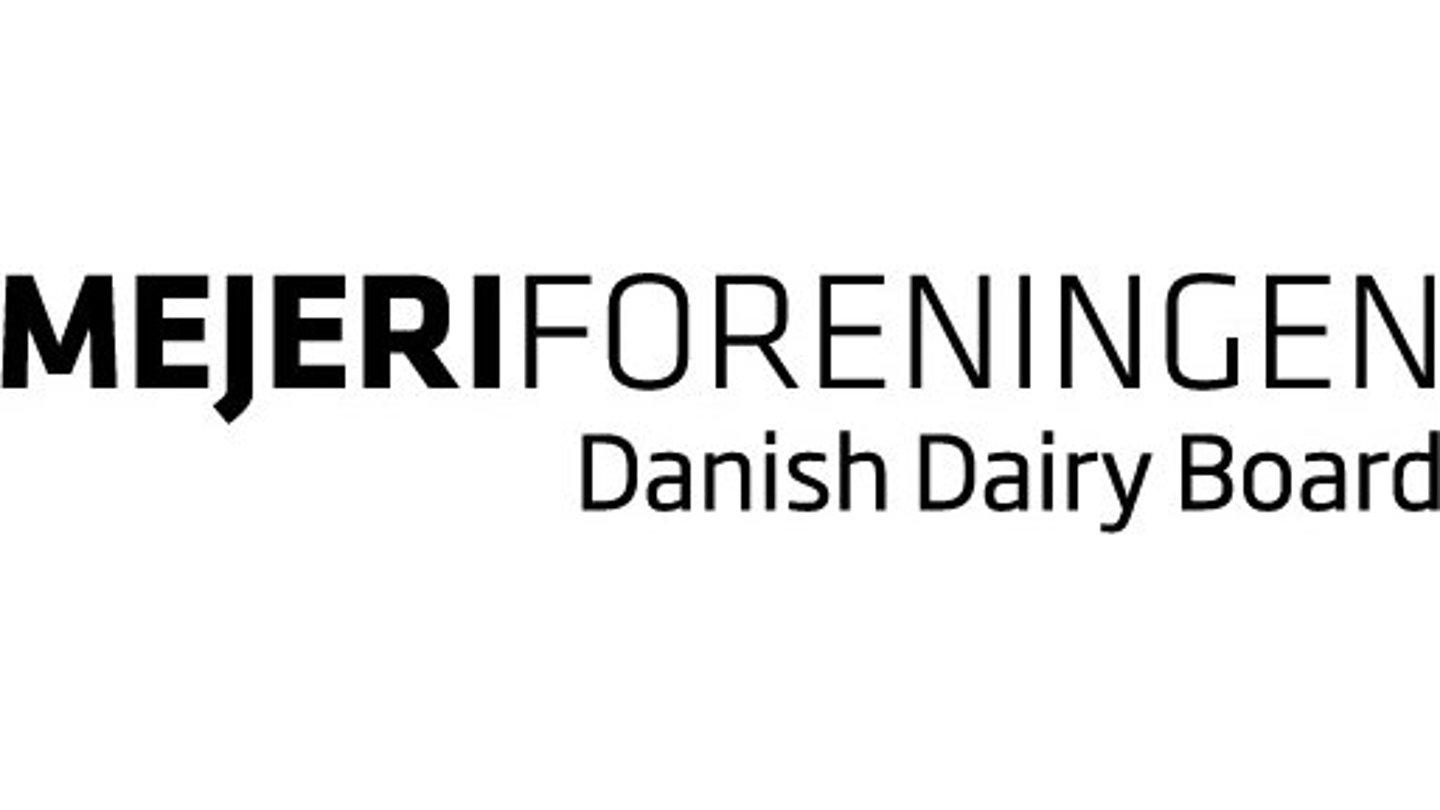
 Munkehatten 28
Munkehatten 28